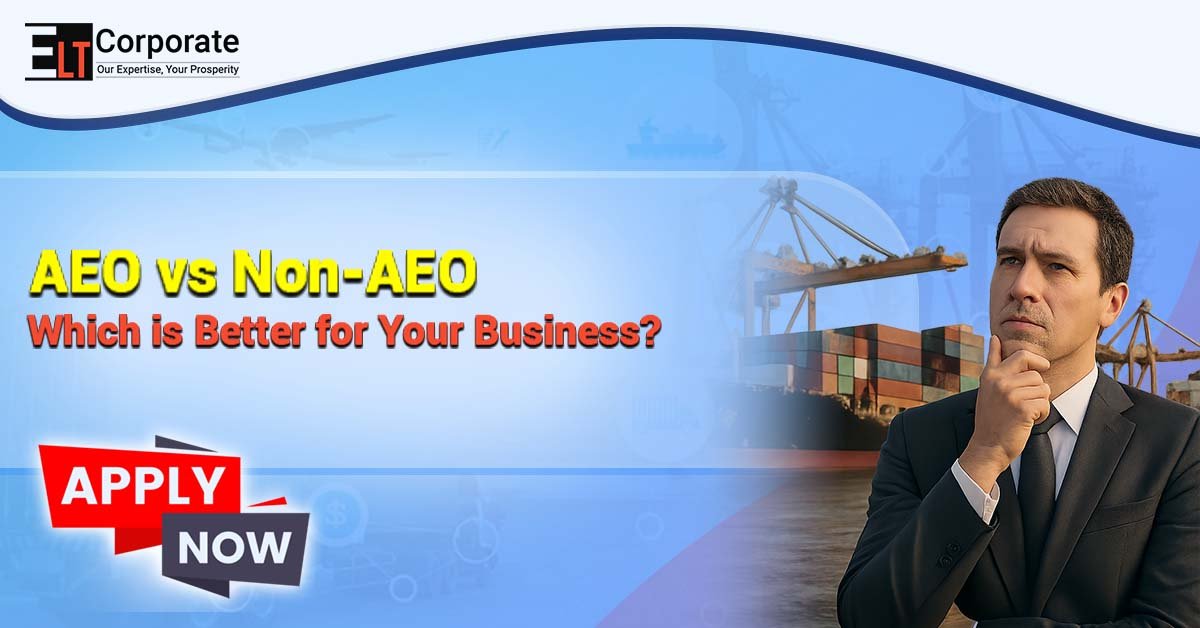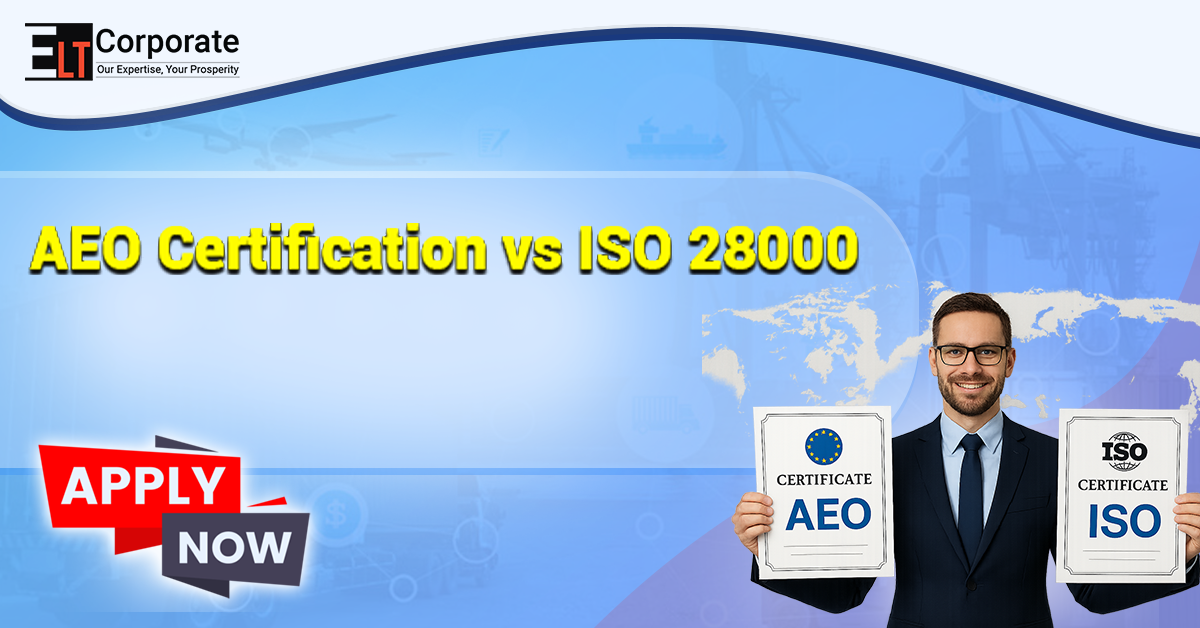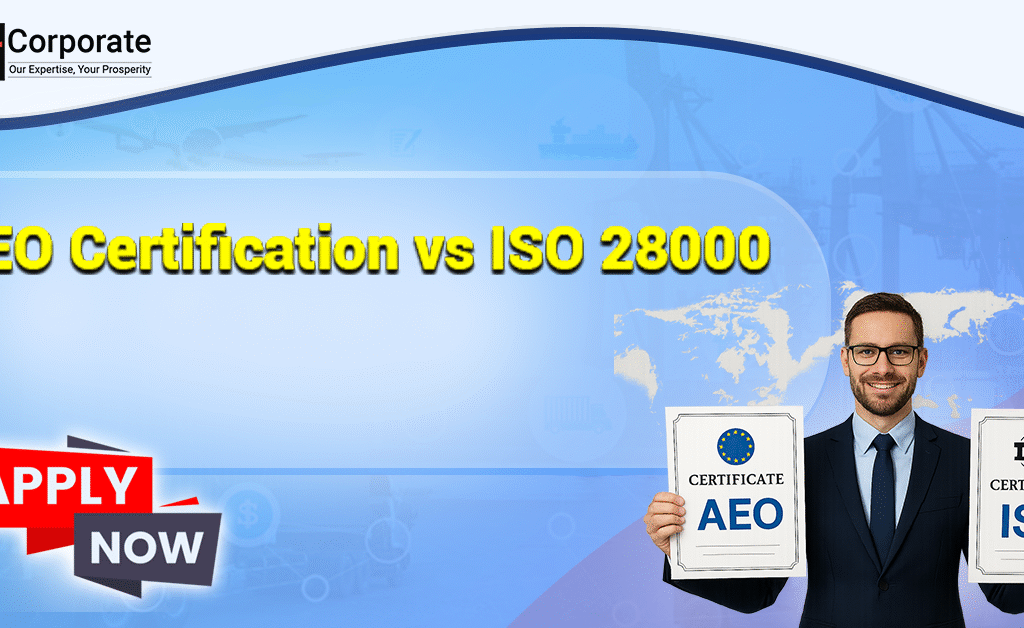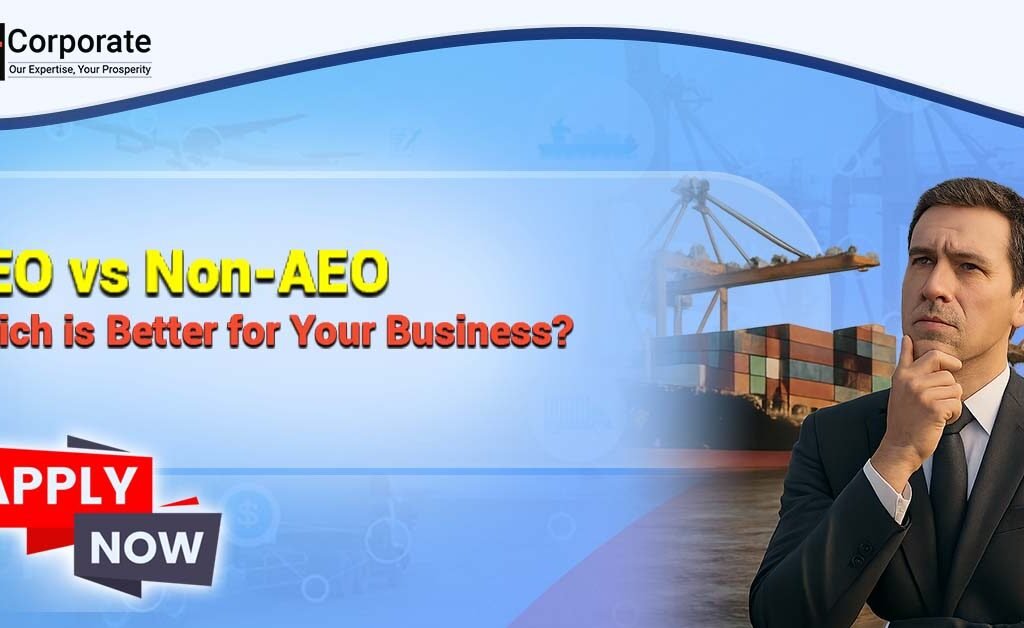In today’s competitive global trade environment, businesses cannot afford unnecessary delays or costs at ports. Every day a shipment is held back, it means loss of money, customer dissatisfaction, and a weaker global reputation. This is where the Authorized Economic Operator (AEO) Certificate comes into play.
The Central Board of Indirect Taxes and Customs (CBIC), Government of India, introduced the AEO scheme under the WCO SAFE Framework to build a network of trusted, low-risk traders who enjoy faster clearances and global recognition.
But is AEO really better for your business? Or can you manage as a non-AEO company? Let’s explore.
What is AEO?
The Authorised Economic Operator (AEO) program is a voluntary certification that recognises businesses involved in import and export activities as secure, reliable, and compliant partners in the international supply chain.
In simple words, → AEO = a “Trusted Trader Badge” from Customs.
Just like airlines have fast-track security lanes for trusted passengers, AEO-certified companies enjoy faster, smoother customs processes compared to non-AEO companies.
Difference Between AEO and Non-AEO Businesses
| Factor | AEO Business | Non-AEO Business |
| Customs Clearance | Priority, fewer checks, faster release | Normal clearance, subject to routine inspections |
| Time at Ports | 1–2 days | 3–7 days or more |
| Costs | Lower warehousing, demurrage & interest costs | Higher hidden costs due to delays |
| Global Credibility | Recognised under MRAs (Hong Kong, Korea, Taiwan; negotiations with EU, US, Japan) | Limited credibility outside India |
| Duty Payment | Deferred payment allowed (cash flow advantage) | Duty must be paid upfront |
| Audit Risk | Reduced | Higher |
| Customer Trust | Stronger, preferred by foreign buyers | Standard compliance, less competitive |
Real-World Scenarios
1. Pharma Exporter
- AEO Business: Gets customs priority clearance; life-saving medicines reach Europe in time.
- Non-AEO Business: Shipment delayed; product risk expiry, and buyer confidence is lost.
2. Textile SME Exporter
- AEO Business: Containers cleared in 1 day, ensuring fast delivery to European buyers.
- Non-AEO Business: Shipment stuck for 5 days, buyer cancels order, reputation damaged.
3. Freight Forwarder / Logistics Operator
- AEO-LO Certified: Recognised as a secure logistics partner, it gets loyal clients.
- Non-AEO Operator: Clients shift to AEO-certified competitors offering faster clearances.
When Non-AEO May Work
While AEO brings multiple benefits, some businesses may delay applying:
- Very low import/export volume.
- Companies that are primarily domestic-focused.
- Businesses are not yet ready with strong compliance, financials, or documentation.
Why AEO is Better for Long-Term Business Growth
- Saves Time – Faster clearance at ports means better delivery schedules.
- Saves Money – Reduced demurrage, warehousing, and transaction costs.
- Boosts Reputation – Preferred by international buyers.
- Improves Cash Flow – Deferred duty payments allowed.
- Minimizes Risk – Customs trusts you, reducing the chances of disputes.
- Global Recognition – MRAs with Hong Kong, Korea, Taiwan; negotiations with the EU, US, Japan.
Benefits of AEO at a Glance
- Recognition by Indian Customs as a trusted business partner.
- Direct Port Delivery (DPD) & Direct Port Entry (DPE) for faster shipment movement.
- Reduced bank guarantees.
- Self-certified duty benefits without routine checks.
- Mutual Recognition Agreements (MRAs) → International credibility.
- Deferred payment of duties (especially useful for high-volume importers).
AEO Certification Process in India
- Check Eligibility Criteria – Must have a valid IEC, GST, PAN, and a minimum 3 years of clean compliance record.
- Prepare Documents – Balance sheets, tax filings, compliance records, SOPs for cargo, HR, IT, etc.
- Fill CBIC Annexures – Annexure A (application), Annexure B (SAQ), Annexure C (security plan for T2/T3).
- Submit to Customs – Application goes to the jurisdictional Customs Commissioner.
- AEO Audit Preparation & Site Verification – CBIC team visits premises to verify documents and SOPs.
- Grant of Status – Approval as AEO-T1, T2, T3, or AEO-LO.
AEO vs Non-AEO: The Verdict
If your business:
- Handles regular imports/exports,
- Wants to save costs & time,
- Aims for global credibility,
AEO is clearly better.
Non-AEO businesses may survive if their trade volume is low, but they risk losing contracts to AEO-certified competitors in the long run.
FAQs
Is AEO mandatory in India?
No, it is voluntary – but it is highly recommended for regular importers/exporters.
How long does AEO certification last?
- AEO-T1 & T2 → Valid for 3 years
- AEO-T3 & AEO-LO → Valid for 5 years
Can SMEs apply for AEO?
Yes, SMEs can apply for AEO-T1 with simplified documentation.
How long does it take to get AEO status?
Generally, 3–6 months, depending on documentation and audit readiness.
Does AEO help in exports only?
No, it benefits imports and exports by reducing clearance time and costs.
Conclusion
The choice between AEO and Non-AEO is really about efficiency vs inefficiency.
- AEO businesses enjoy fast, trusted, globally recognised trade operations.
- Non-AEO businesses face delays, higher costs, and a weaker reputation.
As India strengthens its trade facilitation framework, the future will belong to AEO-certified businesses.




